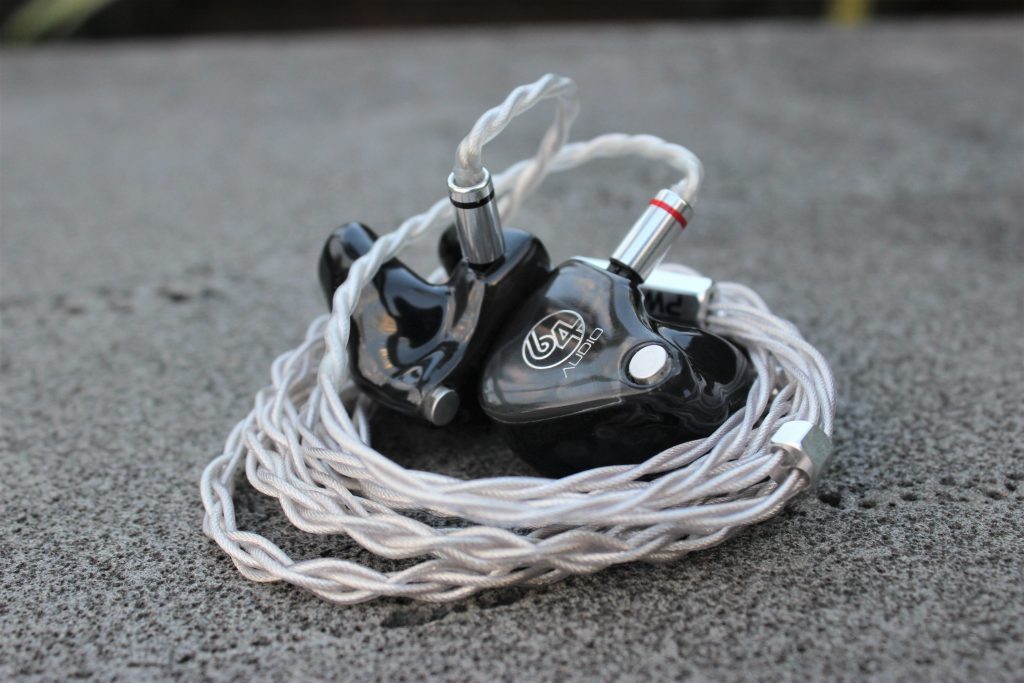
The first of what hopefully will be a proper series: “Ramblings of a man with nothing better to do”.
So, I’ve been back home in “IEM central” for about two weeks now. Mainly focusing on my measurements database, but I’ve definitely been doing my fair share of subjective listening on some of the IEMs that I’ve really wanted to try for a year now.
As most people would know, I love hybrid IEMs. I take a rather staunch stance against balanced armature woofers; based on my experience, BA bass will never be as good as dynamic bass. They do not have the texture, nor do they have the power and/or authority. Any improvements in speed, clarity or “transparency” for BA woofers are simply overshadowed by how unnatural they sound like, especially compared to the full-sized headphones and speaker setups that I’ve had the opportunity to listen to. Now, DDs aren’t perfect either, but in my eyes they are the better solution for bass reproduction than any current-generation balanced armature driver.
Anyways, this really isn’t a hit-piece on BA woofers. My journey for my “perfect headphone” has been going on since the turn of the decade, and till now I’m still on the lookout for what I hope shall wean me off the upgraditis virus, possibly forever. So, here’s some Friday night word-vomit about my history with hybrids and the fresh faces on the market that I’ve had the pleasure of listening to.
Ultimate Ears Super.fi 5 Extra Bass “SF5EB”
Ah yes, the grandfather of hybrids. I managed to get some ear-time on these last year when a kind gentleman loaned me his for a good hour. I shall refer to its sound as the “classic hybrid” sound, big gobs of bass with a bare smattering of treble just to remind you that there’s a tiny BA tweeter in there. Unfortunately, it was a muddy mess, barely any resolution and was far too bassy for most genres to fully appreciate.
Still though, pioneers are never the greatest, and while my current ears would never touch one with a ten foot pole, it served as a great concept. A concept of uniting the best of both worlds, even if Mr. Harvey wasn’t so successful back then.
Unique Melody Merlin (first generation)
My memory of this gem is foggy but enough for some choice words. The Chinese-made hybrid sported 4 BAs and 1 DD (I could be wrong) and had, to my memory, the same “classic hybrid” bass-centric and warm sound that the SF5EB had. Just as a UM representative said in an interview with Audio Primate: “The old Merlin certainly had some degree of flaws, many of which we address in our V2 version, but people loved the idea that you can finally get “real” bass in a BA custom IEM. And that’s a big part of our design philosophy.“
Here, the “flaws” being that while it had the signature DD bass, it kind of failed everywhere else. The UM of old placed too much emphasis on the “DD” and not enough on the “BA”, resulting in a sound that was, again, overly warm and rolled-off, detracting from the audiophile experience as a whole. A valiant effort that, while not successful as an IEM, was more successful than the SF5EB in bringing awareness of the hybrid design to the IEM community.
AKG K3003
I remember when this came out, it was one of the most expensive IEMs ever sold. $1,500! That’s already just as expensive as the then-recently-released HD800! It was a simple design, a Knowles TWFK and a dynamic driver in an extremely compact design, barely exceeding the size of common earbuds. However, what was interesting was that AKG didn’t opt for the classic sound of big bass, and rather went for a more reference-style tuning (depending on the filters used, of course). It was a shock to the IEM community at the time; a hybrid that isn’t bass boost all the way? What madness is this?
To be succinct with my words, the sound was unoffensive . To be more precise: it’s balanced, perhaps a mild V-shape, not entirely flat and dead but not the most energetic or natural sounding earphone by today’s standard. Back then though, I remembered being floored by it. The bass wasn’t powerful, but sounded completely different from what I was used to hearing in my TF10. It was an effortless naturality that only a DD woofer can bring, which made the TF10 sound farty and lifeless in comparison despite the similar levels of emphasis. The K3003 was my hook into the hybrid world as is the case with many fellow hybrid nuts nowadays.
The K3003 was what I believed to have kickstarted the hybrid renaissance. Chinese copycats were scrambling to stuff TWFKs (genuine or otherwise) with their cheap DDs hoping to take advantage the K3003’s massive press. Slowly but surely the driver wars began, but there were some who refused to participate and decided to stand out on other merits.
FLC Technologies FLC8
Forrest Wei’s first baby was one of the most unique hybrid IEMs, even till today. Similar in design to the K3003, using a TWFK and DD, but now with a new twist: interchangeable filters. We see this “gimmick” everywhere nowadays, but in my opinion the FLC8 is one of the best implemented and most useful even in today’s context. Now, a technical breakdown would take an entire post of its own so I won’t go into that. The geist of it is that it has a filter of the DD vents (adjusting airflow), DD tubing (adjusting leakage) and interchangeable dampers for its TWFK.
It has been a while since I’ve heard the FLC8, but I remember it fondly as my top pick for “best IEM under $1000” in terms of value and sheer performance. It sounds great right out of the box, and if it’s not your cup of tea in its default state you still have 35 other configurations to try out before you throw it back to the store. It certainly won’t turn heads today but I’d still take it over some of its cheaper copycats like the LZ A4.
AAW W900
Here’s the point in time when we start getting into the high-end side of hybrids. For the longest time, the market was dominated by pure-BA setups from companies such as UE, JH and Noble. The notion of “high end hybrid” wasn’t really getting a lot of traction and while there were a few attempts made (Kumitate’s KL-REF, Unique Melody’s refresh of the Merlin), none really caught a lot of attention. It was then that a certain reviewer called jelt2359 ranked a certain W500 as number 2 in his highly popular “Fit for a Bat!” CIEM shootout did the boom really begin. Banking on the success of the W500, AAW of course updated their flagship to the W900, a more balanced take on the hybrid sound much like the K3003.
I’d classify the W900 has neutral-warm, perhaps too stunted in the treble to be considered true neutral. The midrange was a little honky-tonk and the treble, while extremely extended and linear, didn’t really sound natural enough. The big selling points of the W900 was its amazing bass, a page taken right out of the W500’s book, as well as huge soundstage. It definitely wasn’t perfect though, and while I did buy one, I was never under the illusion that this was my endgame. Not by a long shot.
64 Audio Tia Fourte
It’s the K3003 situation all over again. What did you say? How much does this thing cost? $3,600? Are you mad?! The Fourte’s pricing was another shock to the community, only slightly mitigated by the subsequent release of the $3,000 A18Tzar. I believe that the Fourte is an interesting concept, worth a try but not the price (according to my wallet). Now, I may have gushed over it during its early days, but the flaws of the Fourte get more apparently on the second, third, fourth listen.
Not sure if it’s due to that chamber technology thing going on inside the Fourte, but it has the widest, most open soundstage I have ever heard in any IEM to date. The bass response too, reaches so low, beautiful decay; I cannot deny the wow factor of the Fourte. However, after a few listens and with the confirmation of trusted ears, there is a disjointedness going on somewhere, perhaps in the midrange. It sounds hollow, maybe a little shrill, almost reminiscent of an out-of-phase recording. That was the main reason why I docked the Fourte from S to S-; sure it has all the technical chops, but man, it just sounds odd. Completely different from my reference gear.
Rhapsodio Zombie
Throwing back to its roots, the Zombie Rhapsodio’s first 8+1 hybrid in the same vein as the W900 with the classic hybrid sound. It throws a wall of bass right at your face, sometimes uncontrollably bleeding over frequencies it shouldn’t be touching. The Zombie makes me kind of nostalgic on first listen, it was quite a while since I’ve heard a tuning that was so focused on the DD aspect of hybrids, perhaps to its detriment.
It really is a marmite situation with the Zombie; I can say with confidence that most people will not like it but for the few that do, you’d probably never find another like it.
64 Audio Tia Trio
The new kid on the Tia block, based off the design of the Fourte. It’s a little cheaper but not enough for me to pull it out of the “overpriced” zone. Disregarding price and apparent technology though, I find the Trio to be a superior version of the Fourte. Sure, there are mild cutbacks in stage size and treble sparkle from what I assume to be one less tia tweeter, but it sounded less disjointed, less hollow and meatier, removing a lot of the oddness that I found with the Fourte.
Then again, the keyword here is “less”. There is still hints of disjointedness and hollowness which is hard to ignore especially when directly comparing against other TOTLs. I guess in terms of the ranking, the tradeoff in technicalities for timbre accuracy and tonal balance would put the Trio in the same league as the Fourte.
Empire Ears Legend X
My my… the hype for these are off the rails these days. I’ll be honest, my first listen of the LX wasn’t too great; it sounded extremely bassy and a tad too imbalanced. On subsequent listens though I was liking it more and more. The vocals, while coloured, had a real nice sweet quality to it. It wasn’t hollow like the Tia models but neither was it honky like W900. It was a little too focused in the midbass for my liking which resulted in some bloom, but had that nice deep rumble that I’ve come to know and love. The Legend X is a good hybrid, a great hybrid, and if I were to own one of these babies I would be perfectly happy till the next big thing comes by.
That is, if I were to own one. Local prices for custom units are set at S$3,500 (~US$2,600), which is just as much as a local Vision Ears VE8. At that point, it has blasted past the “overpriced” mark. Sorry Singaporeans, guess we got the short end of the stick for this one.
Hyla CE-5
Oh, the Japanese and their weird designs. Hyla, the “spin-off” of the popular hybrid IEM makers Oriolus, have their own DD + 2BA + ceramic tweeter three-technology hybrid. On listening, the CE-5 has possibly the best bass I’ve heard, reaching down low on the rumble yet with clean and fast hits in the midbass. It is still a Japanese tuning though, you have a little upper midrange emphasis to bring more sweetness to female vocals, which may or may not work with your genres (it doesn’t for mine, which is comprised of 70% male vocals). Lower midrange has some suckout, resulting in thinner notes that, again, may work against your music.
Despite how it’s essentially the antithesis of my preferred sound signature, I still enjoyed the CE-5 a lot. It has technical ability and isn’t afraid to show it, even if it means compromising a little on timbre and tonal balance. It’s also on the cheaper side of things in today’s crazy-inflated market.
64 Audio N8 “Nate”
The N8 is 64 Audio’s “normal” hybrid, not using the Trio/Fourte’s chambering technology which allows it to be made in custom form. 8 BAs (one of which being that roofless tia tweeter) and 1 DD. On my first listen, I was extremely impressed. It was very well-tuned, one of the best tunings of “neutral with bass boost” I have ever heard. The low-pass filter of the N8’s dynamic driver is also nothing short of miraculous; all 15dBs of its heart-pounding bass were focused almost entirely in the sub-bass regions, giving it powerful rumble and authoritative hits yet straying clear from massive bloom and bleeding. There is a slight dip in the mid-treble, which makes it not exactly true-neutral-with-bass-boost but hey, close enough. From aural memory, the midrange didn’t have the “sweet” quality of the Legend X but was definitely a lot more neutral in tone in comparison. In terms of wow-factor and perhaps overall resolution, the LX has the upper edge, but the N8 has better bass control and is more “true”, though that may translate to a more boring sound for some genres.
One thing that could boost the N8 to actual “top tier” material would be the inclusion of a more vented APEX module, perhaps a M10 or a M5 if that ever gets made. In its current state, it may be too bassy for many ears which makes me hesitant to blind-recommend the N8 to potential buyers. Removing the APEX module results in complete bass rolloff so there’s certainly a middle ground somewhere for, say, 5-10dBs of bass boost…
AKG N5005
Behold, the IEM tuned by SCIENCE. It’s over, pack your bags, this is objectively the best IEM ever made… right? Well, other than the fact that I don’t really subscribed to Harman’s new in-ear target curve even as a measurements guy myself, the N5005 is essentially a one-trick pony. The bass, like the N8t, was extremely well-controlled, rising only from the lowest registers and keeping out of the lower midrange, creating a response that sound, well, amazing. I loved the N5005’s bass and many upcoming hybrid makers could learn a thing or two from what the guys in Austria are doing with their drivers.
However, as mentioned, one-trick pony. The sound from the midrange-up has a certain artificial quality to it, almost like an exaggeration of classic BA timbre. I keep the filters at Bass Boosted mainly because going higher with the filters made the timbre issues worse. The folks at Harmon are heading in the right direction though, and I’ll be highly interested if they ever revisit their IEM product line again.
Kumitate KL-REF (Type-S)
One of the oldest models in this article now updated with the option of having better female vocals, according to the marketing at least. Now, it has been a year since I’ve heard the original KL-REF and I don’t have any more opportunity to do so now that Jaben doesn’t carry Kumitate anymore. However, recently I’ve had the opportunity to try out the Type-S which has been in my sights for quite a while now.
The KL-REF (and to a certain extent, the Type-S) was tuned to be neutral with a pot allowing control of the bass frequencies if you so desire. Just like the N8t and N5005, the bass boost of the KL-REF Type-S is very well done, limiting the rise only at the sub-bass frequencies and minimising bleed. However, the problems with the Type-S is similar to that of the N5005; it sounds odd and gets almost plasticky at times especially in instrument-heavy tracks. In addition, comparing it to something like the Legend X shows the Type S’ lacking resolution. At the price that Kumitate is charging, it’s a hard pass for me.
Jomo Quatre
The newest kid on the block, Jomo used to only make pure-BA IEMs. The Deux and the Quatre are their newest foray into the market, the Quatre is their newest “flagship hybrid” sporting 3 BAs and 1 DD. Now, I’ve mostly forgotten the marketing relating to its ACU/CSU technology but what I can tell you is that the Quatre uses an interchangeable filter system for its DD vents, changing airflow and its frequency response.
I’d consider the Quatre as a good hybrid though probably not top-tier material. Standard V-shaped response (depending on filters but it is generally V), dynamic bass, “normal” midrange, a 5k-ish peak, rolled off upper treble. Nothing really stands out as exceptional but at least the flaws are relatively insignificant.
Ultimate Ears Live
Who knew that one of the OGs of the CIEM world would be jumping on the hybrid bandwagon? Paired with the glorious TrueTone drivers that provided the ridiculous extension of the UERR and the UE18+, this should be a competitive hybrid that plays with all the top dogs, shouldn’t it?
Oh, how I wanted to love this so much. “A UE18+ with dynamic bass!” the hopefuls cried, not knowing of the horrors that the Live truly possessed. A monster that looms around in mud, fat on its diet of bass from the river, wailing out “I’m for musicians, not audiophiles!”
Okay, a little bit of storytelling hyperbole but I really did feel a sense of betrayal of sorts when I heard the Live. It was low resolution, extremely bloomy and had an odd tuning that I’m certain few audiophiles can really appreciate. It’s kind of a low quality everything, especially when you have a wealth of other TOTL IEMs to compare it with directly. Now, I loved the 18+ and it remains as my reference to this day. The Live on the other hand… I guess it’s better for it to be forgotten, lost to the history books like the original UE18 was.

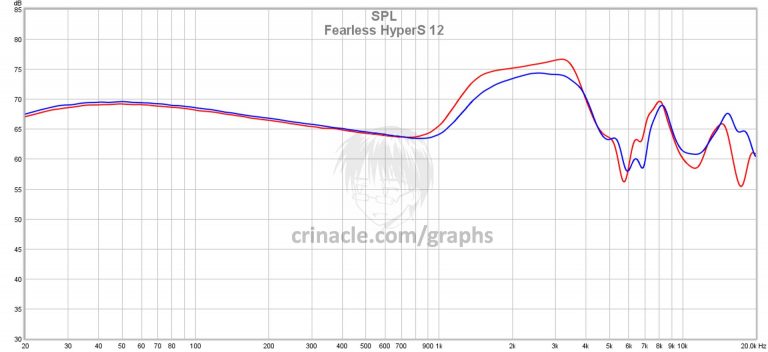
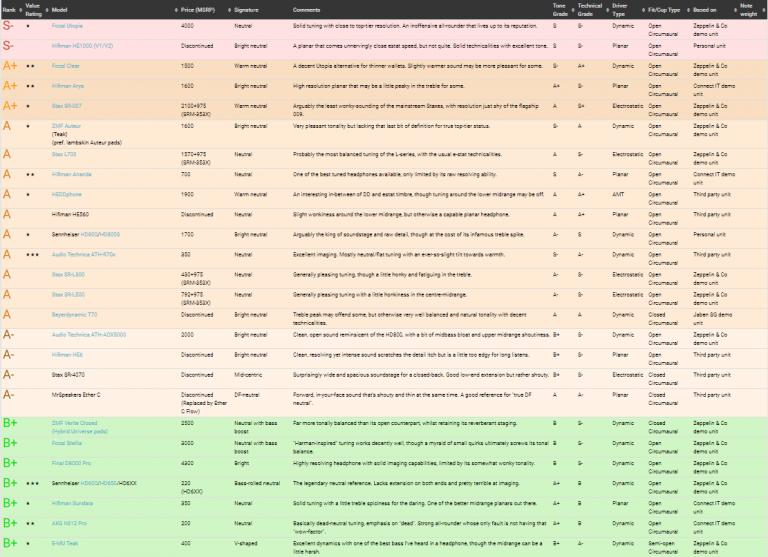
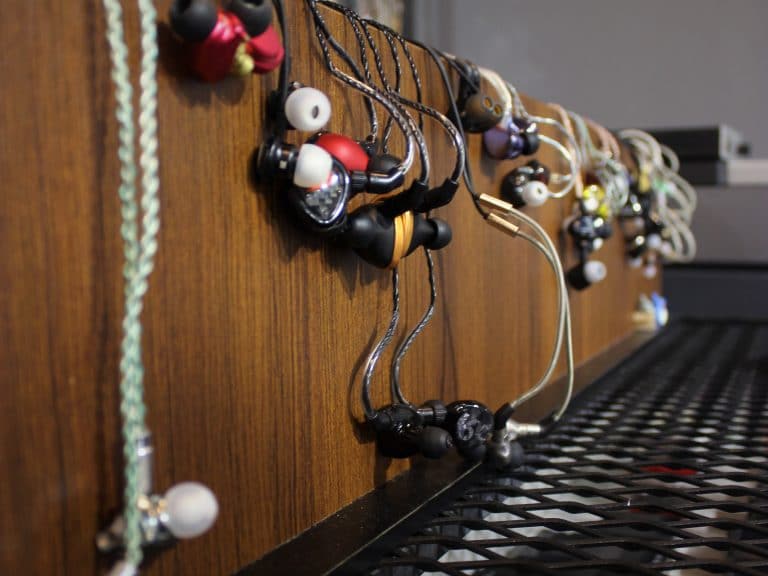


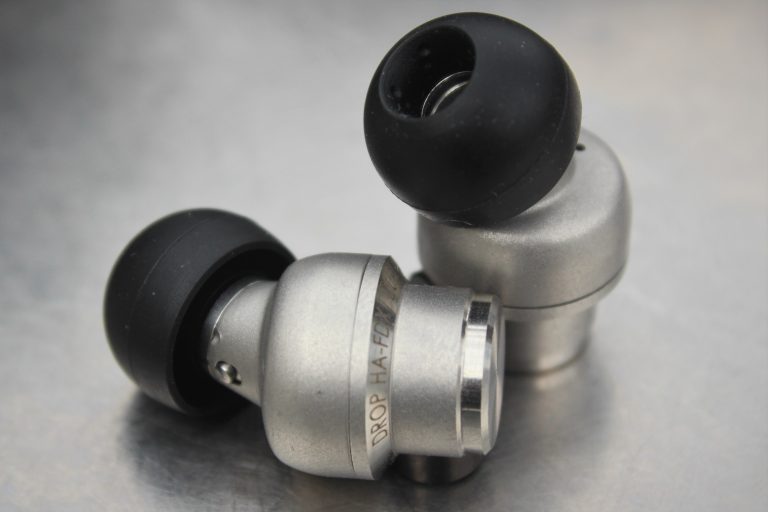

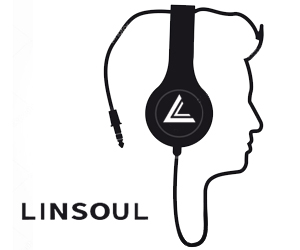
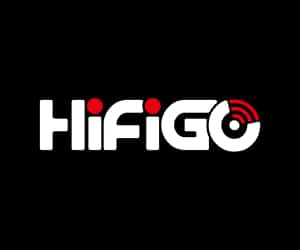
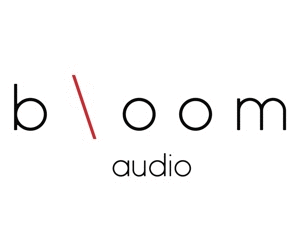
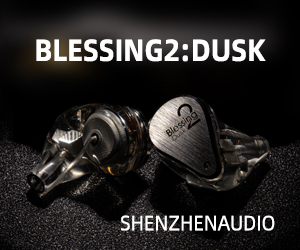
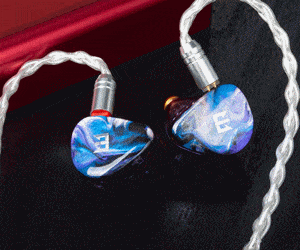

11 thoughts on “The Hybrid Endgame”
Could you share how Campfire Solaris compares to all of these??
I’ll be working on a “Part 2” soon.
Did part 2 ever come out? Would like to see the z1r, nio, mest all go head to head
We need part 2!
Sincerely,
Hybrid Gang
Out of all the current hybrids which did you enjoy the more legend x or n8, I guess your not a fan of the trio or fourte
Well, FLC updated their lineup with FLC 8N/D/P and Celeste. Do you have plans to listen/measure them?
Hmm.. Where would you rank the AKG K3003 in your ranking list? Curious how you think of it given that $1000 iems now are norm but its sound during its time was phenomenal and still stands toe-to-toe today.
I’ll need to find one to try.
Hope you find one or someone kind enough in your area, would be great how a fondly and widely-acclaimed in-ear from the past would stand up to the current ones based on your experience. IMO these paved the way for hybrids and was highly-regarded to hall-of-fame status. Kudos to great work overall in general with this site so far!
Did part 2 ever come out? Would like to see the z1r, nio, mest all go head to head
Hi, thanks a lot for your reviewing. That’s very well-written and quite close to my listening experience. When talking to hybrid IEM, I recommend you a brand Just Ears from Japan, and I think it’s now the sub brand under Sony Audio, which is really amazing, excellent earphones which can customize your own tunning and what I can tell you is that according to my listening experience it’s the almost only hybrid thing completely handled the disjoint problem.